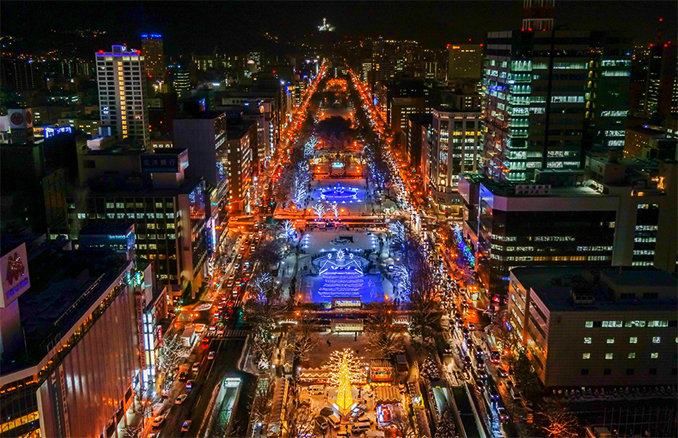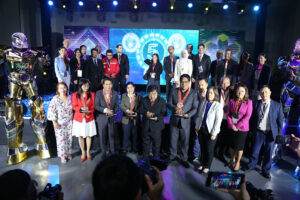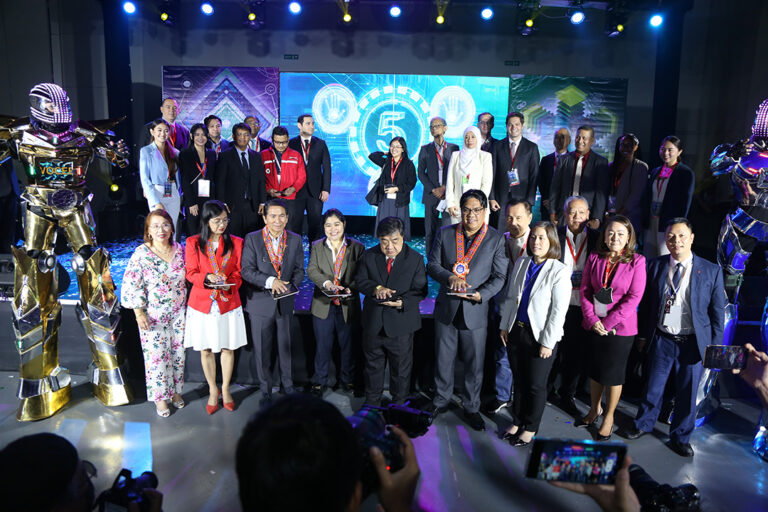Japan is a popular tourist haven for Filipinos because of its multitude of attractions, its temperate climate, a food paradise, and being a mecca for shoppers. Sapporo in the mountainous island of Hokkaido has all these to offer.
By Dr. Jun Ruiz
The common desire to visit Japan for its snow experience, and the effectiveness of the “Visit Japan” campaign with local travel agencies sparked an increase of Philippine tourists to Japan. The only disadvantage is that Japan remains an expensive destination by Filipino standards. However, despite the cost, it is a worthwhile adventure to embark.
My first Japan trip was in 2014. I am a “late-bloomer” when it comes to traveling to Japan, as I had lived in faraway California for a decade prior to that time. I went to the Land of the Rising Sun with a group of friends, mostly repeat-travelers to this country. I left the itinerary planning to them, and they chose to visit Tokyo and Sapporo. As most people know, Tokyo is the capital of Japan, but I hardly knew anything about Sapporo at that time.
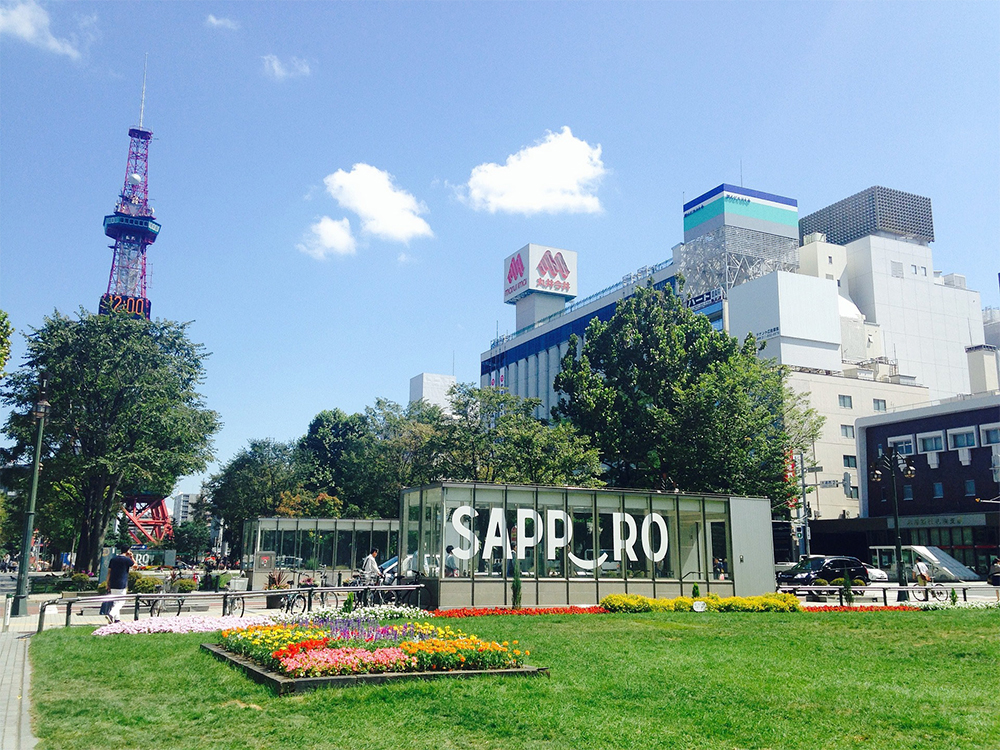
I would later find out that Sapporo is the capital of the mountainous island of Hokkaido, and is famous for its beer, skiing, and the annual Sapporo Snow Festival held in February. It is also Japan’s fifth biggest city. Sapporo became world famous in 1972 when the Olympic Winter Games were held there. As it was already April, there was no more Snow Festival, and I still need to learn skiing that has remained on my bucket list. However, the realization of visiting Japan to enjoy its gorgeous scenery, experience its fascinating culture, and indulge in a food trip brought me excitement and inspired my wanderlust.
We flew to Sapporo via a short layover in Tokyo. It was late, beyond the usual dinner time, when we finally arrived in Sapporo. The long walk from the train station to our hotel made us hungry as a wolf. Fortunately, we were able to find great miso ramen and drank Sapporo beer to officially celebrate our first night in this northern capital. I found the ice-cold served Sapporo beer sweet and refreshing, so I asked for a second bottle.

The Sapporo Clock Tower
We started the city tour the following morning by ourselves, as planned by one of the members of our group, Atty. Alex. We explored the city on foot, as our itinerary within the city center for the first day was manageable. Everything is quite close together, and the public transportation is excellent. I observed that Sapporo is built based on a North American style rectangular street system. Thanks to this grid design, we found exploring the city on foot easy.
Our first stop was the Sapporo Clock Tower, the star of a thousand postcards and a symbol of the city. This popular tourist attraction is an iconic wooden clock tower, which was built in 1878 during Sapporo’s early development. The architecture and layout are evidently American, reminiscent of the buildings of the colonial American Midwest. The huge clock was purchased from Boston. As a matter of fact, the Americans were involved in the city planning during this period.
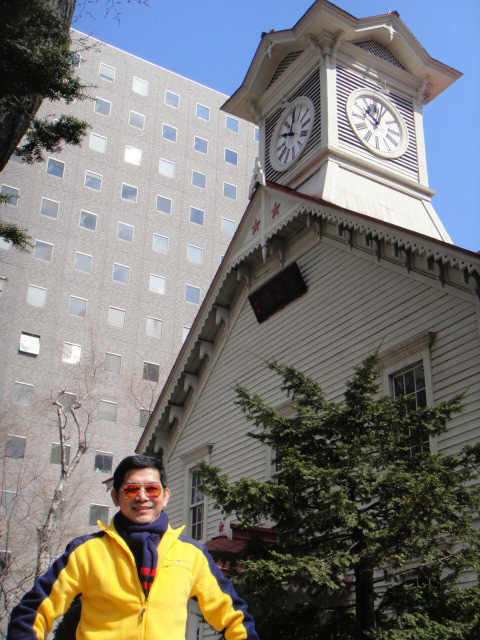
Not far from the Clock Tower is the iconic Sapporo TV Tower. The solid red tower is one of the most visited attractions in the city. This tower was built in 1957, and modeled after the Eiffel Tower. It is 147 m high, and has an observation deck at 90 meters above the ground. We went to the deck to be captivated by the panoramic 360-degree views of the city, especially of the beautiful Odori Park. There are stores and exhibits on its structure’s history inside the tower. The Sapporo TV Tower is a sparkling gem in the night, as this landmark is beautifully illuminated with lights.
The Clock Tower is a mustsee on any visit to Sapporo. We were lucky to see the full bloom of cherry blossoms and other flowers outside the landmark. This monument also serves as a museum about the history of the building and Sapporo in general. On the second floor, you can see displays about the clock and a spacious ceremony hall is located.
Odori Park
Across the tower is the popular Odori Park. It is a long and narrow blissful green space located in the heart of Sapporo, runs through the center of thetown for about 1.5 km over twelve city blocks, and divides the city into northern and southern districts. It is covered in trees, flowerbeds, fountains, and art sculptures. The park offers a pleasant oasis for the city residents during the warm summer months, and is a good place to literally walk in the park for an afternoon stroll. In early February, the park serves as the main site of the Sapporo Snow Festival.
Close to Odori Park is another Western-influenced landmark, the splendid Former Hokkaido Government Office with its American Neo-Baroque architecture. This was originally built in 1873 to house the offices of the predecessor government that once watched over the island’s affairs. It was later restored in 1888 after a devastating fire. The impressive building got its nickname “red brick office” due to two-and-ahalf million bricks in its structure. It now houses important paintings, artworks, and displays highlighting its role in the history of the region.
When it was time for late lunch, the group walked to Sapporo Factory that turned out to be two kilometers away. This popular large shopping and entertainment complex, as requested by the women, has around 160 stores, restaurants, and theaters. It has a beautiful atrium that provides a refreshing milieu and reminds me of the Toronto Eaton Center in Canada.
The final stop of our walking tour was the Sapporo Beer Museum. Hokkaido is the birthplace of beer in Japan. Sapporo beer is one of the most popular brands in the whole of Japan, and has been brewed in this city since 1877. This is the only beer museum in the country, introduces the long history of beer and the process of beer making. After the exhibitions, we availed of the beer tastings at a small fee.
Mount Moiwa
On our second day, we were most excited to scale Mount Moiwa (also known as Moiwayama), one of the forested mountains around Sapporo. Mount Moiwa towers high above Sapporo at 531 meters. This is one of the most popular tourist attractions in the region, because of the ease in reaching the top and the eventual reward of witnessing spectacular views of the city from the summit.
We took the streetcar line from our hotel to Ropeway Iriguchi station, followed by a shuttle bus that brought us to the lower ropeway station. We rode the Mount Moiwa Ropeway, an aerial tramway that brings tourists from the base of the mountain to the top. There is a transfer station where we switched from a gondola ride to a mini-cable car that brought us to the summit’s upper station.
The summit observation platform provides the best and breathtaking vantage over Sapporo. There are no barriers in the huge open-platform, and we marveled at the unobstructed views of the stunning cityscape of Sapporo surrounded by the verdant mountains.
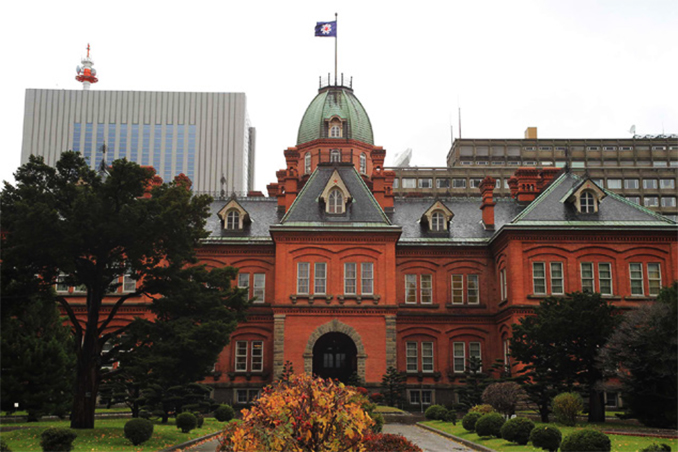
You will find the Happiness Bell at the center – very popular with lovers – as they ring the bell and attach “love padlocks” to the handrails around the bell, professing their love for each other. Many people choose to visit here around sunset or at night as the sight of twinkling city lights across Sapporo is truly magical. Not surprisingly, this panoramic night view of Sapporo from Mount Moiwa has been named as one of the “three most beautiful city night views in Japan”. The station also houses a restaurant, planetarium and theater.
During winter, the premiere skiing destination Mount Moiwa Ski Resort lures winter sports enthusiasts for its many fine slopes. The winter season from December to February is one of the busiest seasons in Sapporo because of skiing. There is much snowfall in Sapporo with the average annual snow accumulation at 600 cm.
Other attractions
After enjoying our Mount Moiwa adventure, we were enticed to visit the picturesque coastal city of Otaru, an easy 50-minute train ride. Its most famous attraction is the incredibly postcard-worthy Otaru Canal, elegantly lined by Western-style buildings, as we were excited to enjoy the relaxing scenic boat cruise. We were disappointed to find out that there was no cruise that day, and learned a lesson to do our homework better, especially if traveling on our own. However, we made use of the time walking by the charming buildings by the seaside and buying souvenirs from the stores.
To cap the night, we returned to the city center and headed to Sapporo JR Tower. It is a 173-meter high skyscraper that has a shopping mall and several offices. We went to the observation deck at the 38th floor and were amazed by the breathtaking views over the city at night.
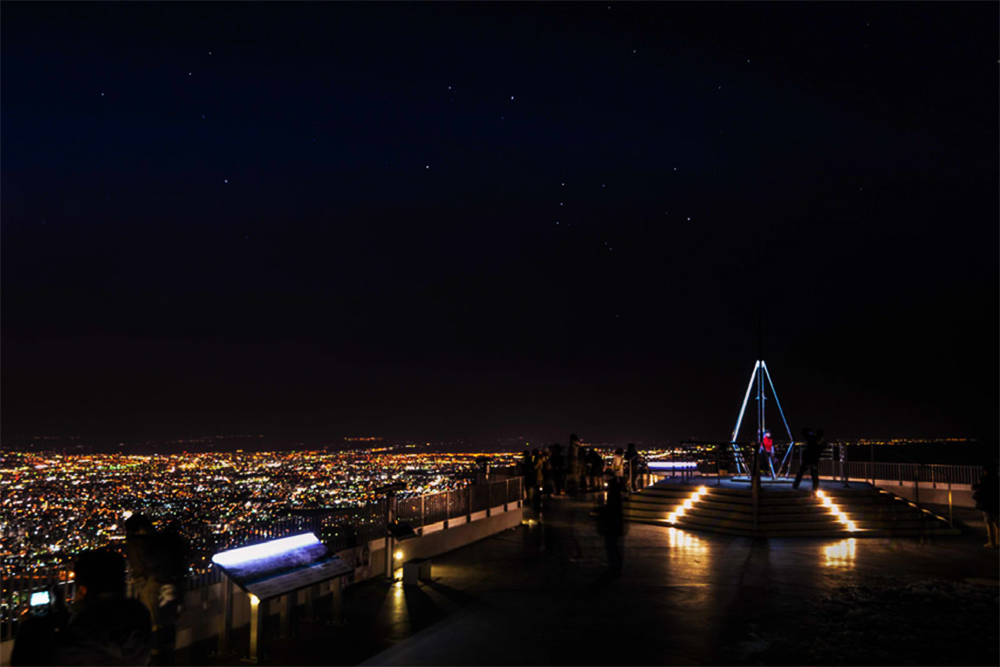
Other attractions close to Sapporo include the Historic Village of Hokkaido and the Jozankei Onsen Hot Springs. The former is an open-air museum that exhibits centuries-old Japanese buildings in a farming village setting. The latter has 56 hot springs tucked away in a scenic valley in the middle of the mountains.
This was a very short stay in Sapporo, yet it was very memorable as this was my firstever trip to Japan, and because of the great company with good friends. I wish to come back when the city celebrates the Sapporo Snow Festival in February, one of Japan’s most popular winter events. Two million visitors annually convene in Sapporo to be amazed by the spectacular snow and ice sculptures in the Snow Festival. When that trip happens in the future, that would be a winter wonderland straight from my dreams. VOL. 18 ISSUE 11 NOVEMBER 2019
“Everything is quite close together, and the public transportation is excellent”
